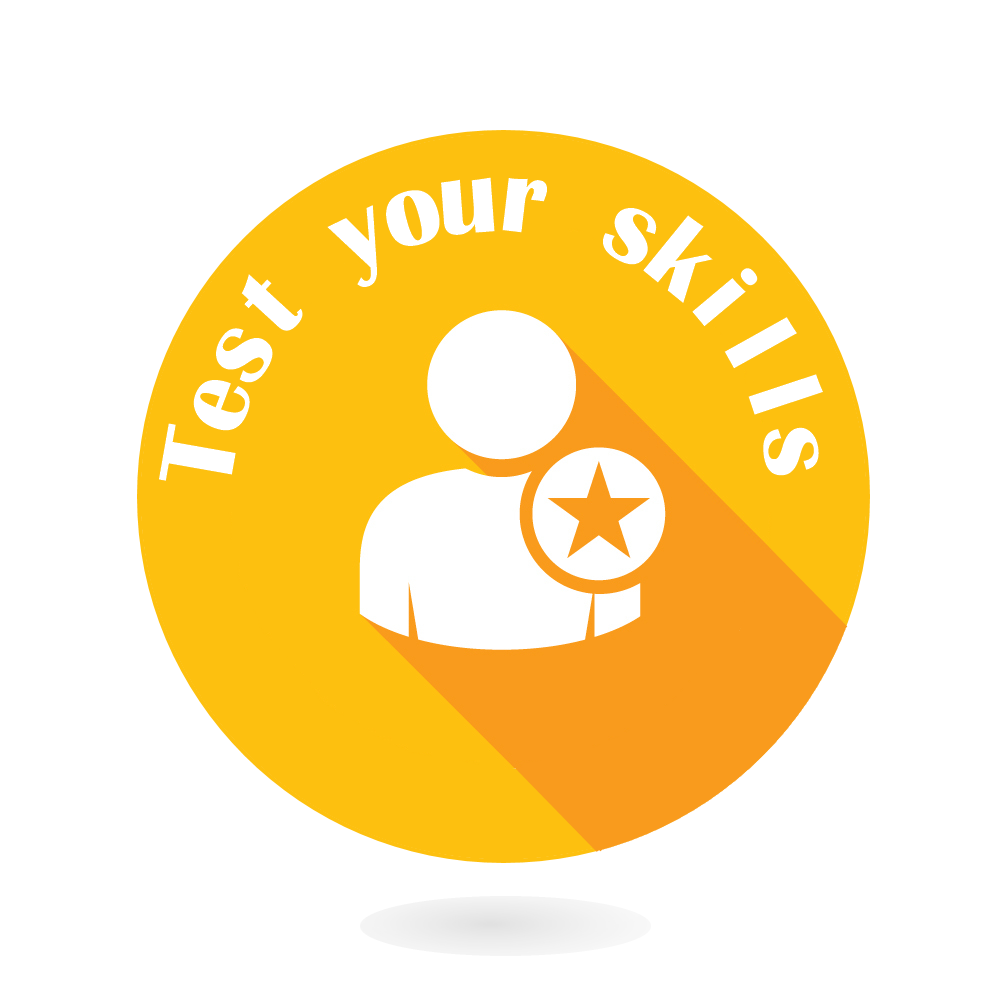Querying Data with Microsoft Transact-SQL
dp-080
2 days
Interested in a private company training? Request it here.
Introduction to Transact-SQL
Introduction to Transact-SQL
- Work with schemas
- Explore the structure of SQL statements
- Examine the SELECT statement
- Work with data types
- Handle NULLs
- Exercise - Work with SELECT statements
Sort and filter results in T-SQL
Sort and filter results in T-SQL
- Sort your results
- Limit the sorted results
- Page results
- Remove duplicates
- Filter data with predicates
- Exercise - Sort and filter query results
Combine multiple tables with JOINs in T-SQL
Combine multiple tables with JOINs in T-SQL
- Understand joins concepts and syntax
- Use inner joins
- Use outer joins
- Use cross joins
- Use self joins
- Exercise - Query multiple tables with joins
Write Subqueries in T-SQL
Write Subqueries in T-SQL
- Understand subqueries
- Use scalar or multi-valued subqueries
- Use self-contained or correlated subqueries
- Exercise - Use subqueries
Use built-in functions and GROUP BY in Transact-SQL
Use built-in functions and GROUP BY in Transact-SQL
- Categorize built-in functions
- Use scalar functions
- Use ranking and rowset functions
- Use aggregate functions
- Summarize data with GROUP BY
- Filter groups with HAVING
- Exercise - Use built-in functions
Modify data with T-SQL
Modify data with T-SQL
- Insert data
- Generate automatic values
- Update data
- Delete data
- Merge data based on multiple tables
- Exercise - Modify data
This course will teach the basics of Microsoft's dialect of the standard SQL language: Transact-SQL. Topics include both querying and modifying data in relational databases that are hosted in Microsoft SQL Server-based database systems, including: Microsoft SQL Server, Azure SQL Database and, Azure Synapse Analytics.
This course can be valuable for anyone who needs to write basic SQL or Transact-SQL queries. This includes anyone working with data as a data analyst, a data engineer, a data scientist, a database administrator or a database developer. It can also be useful for others peripherally involved with data, or wanting to learn more about working with data such as solution architects, students and technology managers.








